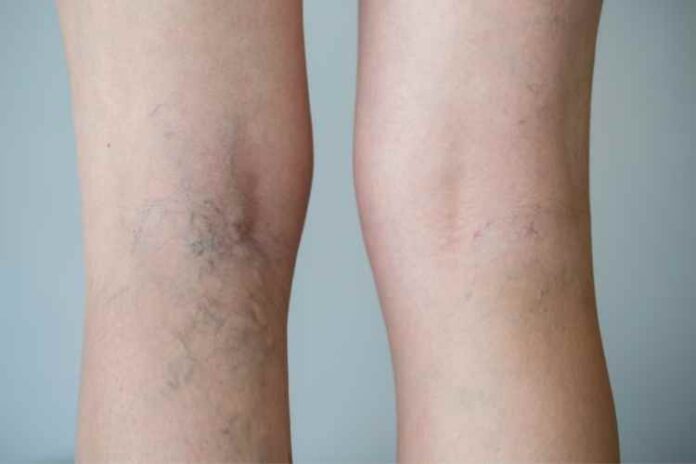When the valves in the veins weaken, varicose veins are formed. To prevent blood from accumulating in the veins, getting these valves replaced as soon as feasible is essential. As a result, the veins appear twisted and swollen in appearance. Varicose venous veins are easily distinguishable by their appearance, characterized by their red color and bulging form.
What can you do to reduce your risk of developing varicose veins?
Varicose vein treatment may be unavoidable. Maintaining a healthy and active lifestyle might reduce your chances of developing them. Many of the measures recommended by healthcare professionals can prevent and treat varicose veins.
- The importance of taking regular breaks to stretch and walk around is especially vital if your job requires you to be on your feet for extended periods.
- It is critical to maintain a healthy weight to prevent your blood vessels from becoming overworked and damaging themselves.
- It is known that smoking damages blood vessels, decreases circulation, and results in numerous other health problems.
- Remain active: Getting up and moving around more frequently than sitting still helps improve blood circulation.
- When worn with a compression stocking, varicose veins can be prevented from becoming worse by compressing the veins and allowing for more blood to flow through them.
- A loose-fitting waistline will aid in the circulation of blood.
What are the adverse symptoms of varicose vein disease, and how does it manifest itself?
Untreated varicose veins can cause bruising, bleeding, and skin discoloration, among other adverse effects. The flow of blood from your veins to your heart is impaired due to this condition. To find out more about laser treatments visit Victorian Dermal Group.
According to some research, blood clots are more common in those with varicose veins. It is essential to bring varicose veins to the notice of your medical professional. You should be tested for clotting issues, which include the following:
When blood clots form inside varicose veins, a condition is known as superficial venous thrombosis (also known as superficial thrombophlebitis) occurs. Thrombophlebitis is a discomforting condition that is rarely life-threatening. It is also possible to treat it.
If I have varicose veins, when should I consult with my doctor?
Even though varicose veins are not life-threatening, it is recommended that you have them checked by a medical practitioner. If you see any abnormalities in your skin or veins, you should seek medical assistance right once.
- There is bleeding.
- The color is discolored.
- To the touch, it is painful, red, or heated;
- Excessive swelled.
Varicose veins are a common problem that many people deal with daily. Simple dietary and home remedy alterations can help ease symptoms while also preventing them from deteriorating further. Schedule an appointment with a healthcare professional to discover more about safe, minimally invasive treatments for varicose veins.


